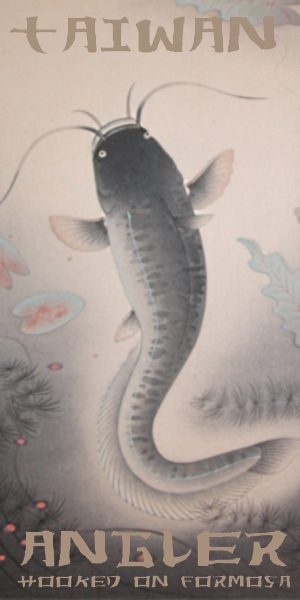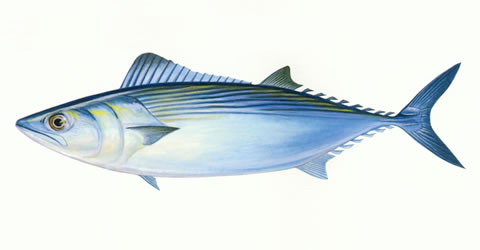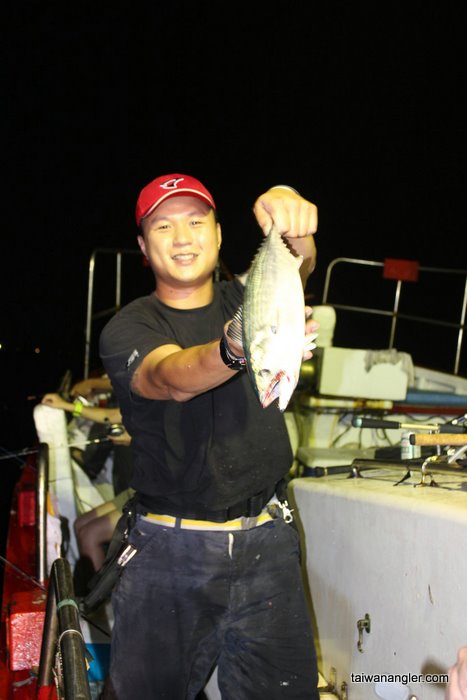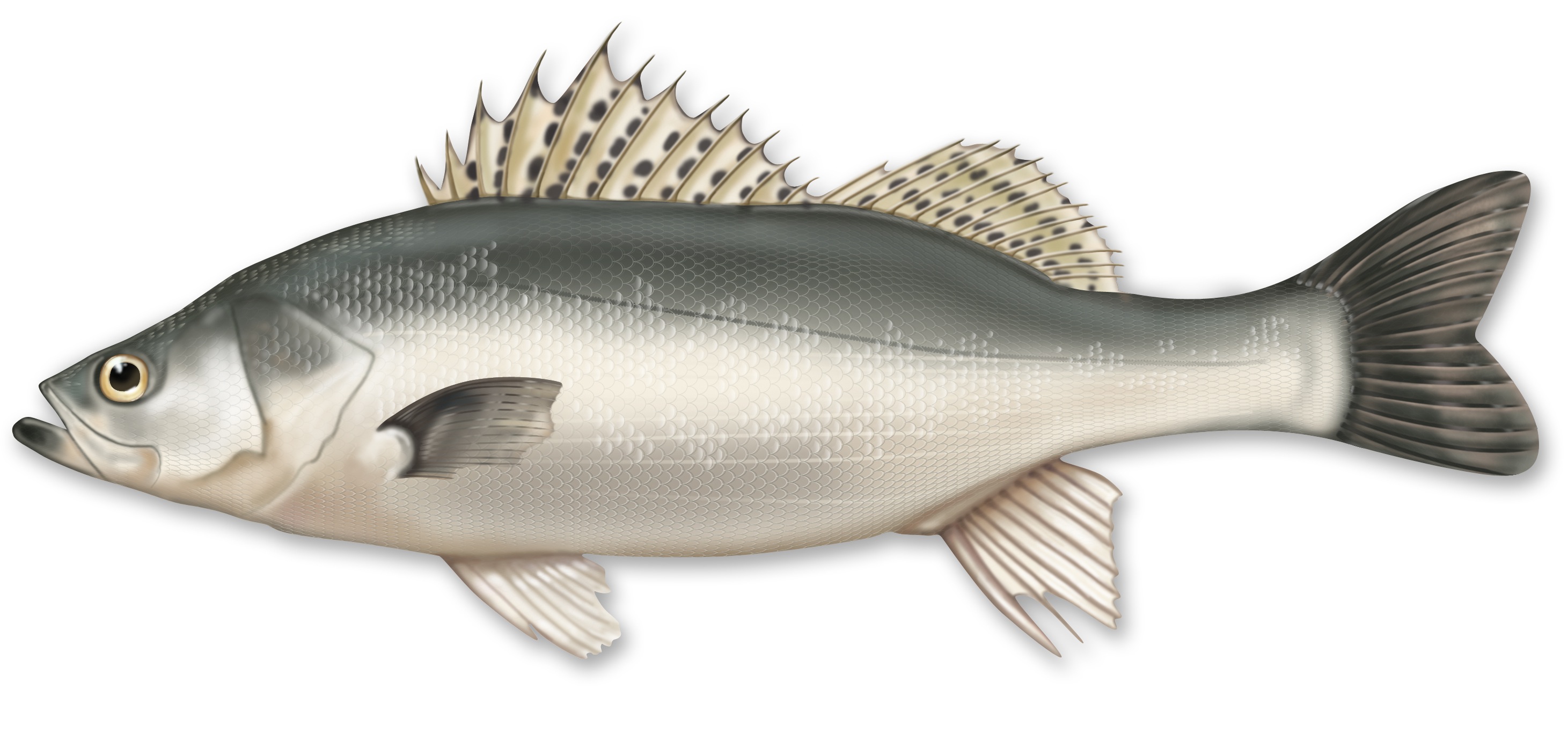Species Profile: Seer fish, Spanish Mackerels and King Mackerel
 Thursday, January 19, 2012 at 1:34PM
Thursday, January 19, 2012 at 1:34PM Looking for some hot inshore action in Taiwan? Consult a seer.
Within the family of mackerels, bonitos and tunas known as Scombridae, the genus Scomberomorus includes a wide range of species commonly known as seer fish (sometimes seerfish), Spanish mackerels or king mackerels depending on geography and specific species. Taiwan’s waters are home to five varieties of seer fish—a term I’ll use generically for the genus.
Seer fish are among the more commonly caught near shore game fish on the island, and can be fished both from shore and boat. Fast and aggressive, they are both challenge and a delight on light tackle, whether one is throwing lures or fishing with bait. Seer fish can be found from inshore waters to the continental shelf including coastal reefs, bays, estuaries and lagoons.
Here is a quick breakdown of the common local species:
Scientific name: Scomberomorus commerson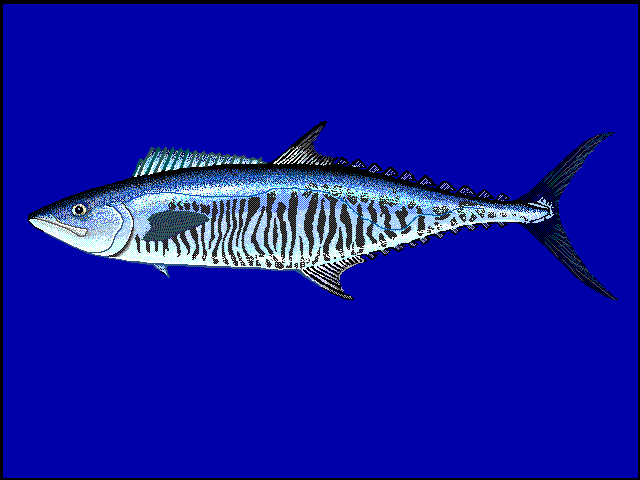 Scomberomorus commerson
Scomberomorus commerson
Common names: narrow-barred Spanish mackerel, barred Spanish mackerel
Chinese names: 康氏馬鮫, 土魠, 馬加, 馬鮫, 梭齒, 頭魠, 鰆
Size range: Up to 240 cm.
Scientific name: Scomberomorus guttatus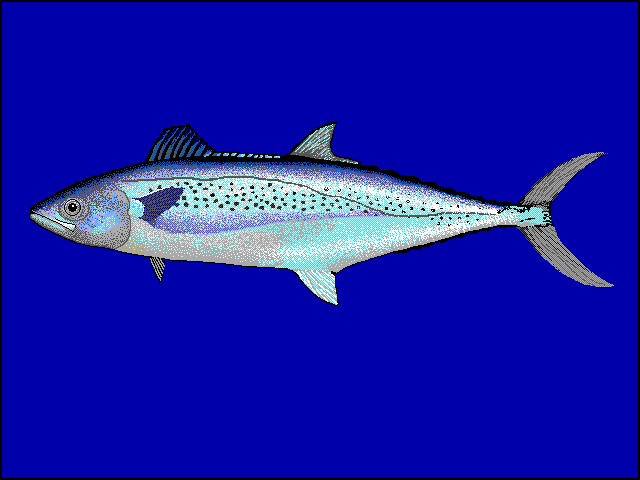 Scomberomorus guttatus
Scomberomorus guttatus
Common names: spotted seer fish, spotted seer, spotted Spanish mackerel, Indo-Pacific king mackerel, Indian Spanish mackerel, Indo-Pacific Spanish mackerel
Chinese names: 斑點馬鮫, 白北, 白腹仔
Size range: Up to 76 cm
Scientific name: Scomberomorus koreanus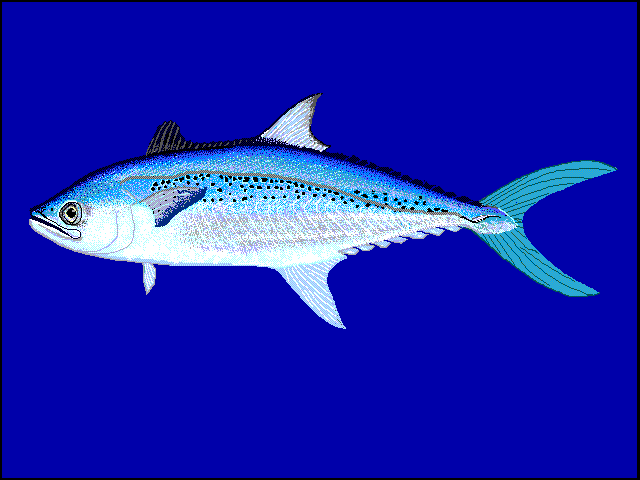 Scomberomorus koreanus
Scomberomorus koreanus
Common names: Korean seer fish, Korean mackerel
Chinese names: 朝鮮馬鮫, 破北, 闊北, 闊腹仔
Size range: Up to 150 cm
Scientific name: Scomberomorus niphonius Scomberomorus niphonius
Scomberomorus niphonius
Common names: spotted Spanish mackerel, Japanese Spanish mackerel, Japanese seer fish
Chinese names: 藍點馬鮫, 正馬加, 尖頭馬加, 馬嘉
Size range: Up to 100 cm
Scientific name: Scomberomorus sinensis Scomberomorus sinensis
Scomberomorus sinensis
Common names: Chinese seer fish
Chinese names: 中華馬鮫, 馬加, 大耳, 西達, 中華鰆
Size range: Up to 218 cm
A wide variety of techniques can be used for catching seer fish, kings and Spanish mackerels. In Taiwan, most are caught on lures and jigs fished both from shore and boats. Trolling is also productive, though not as popular on the Island. Bait, both live and dead, can be used as well. Our friends over at Sport Fishin’ Asia have a nice write-up on rigging live bait for Spanish Mackerel.
Lure anglers prefer bright flashy jigs, spoons (particularly Clark spoons) and plugs that can be worked quickly through the water, whether vertically or near the surface. One may be tempted to rig a wire leader—these species do have notoriously sharp teeth—but keep in mind that these large mackerels have equally sharp eyesight and may shy from heavy wire. It’s a choice between more hookups vs. fewer strikes but more hooked fish landed.







